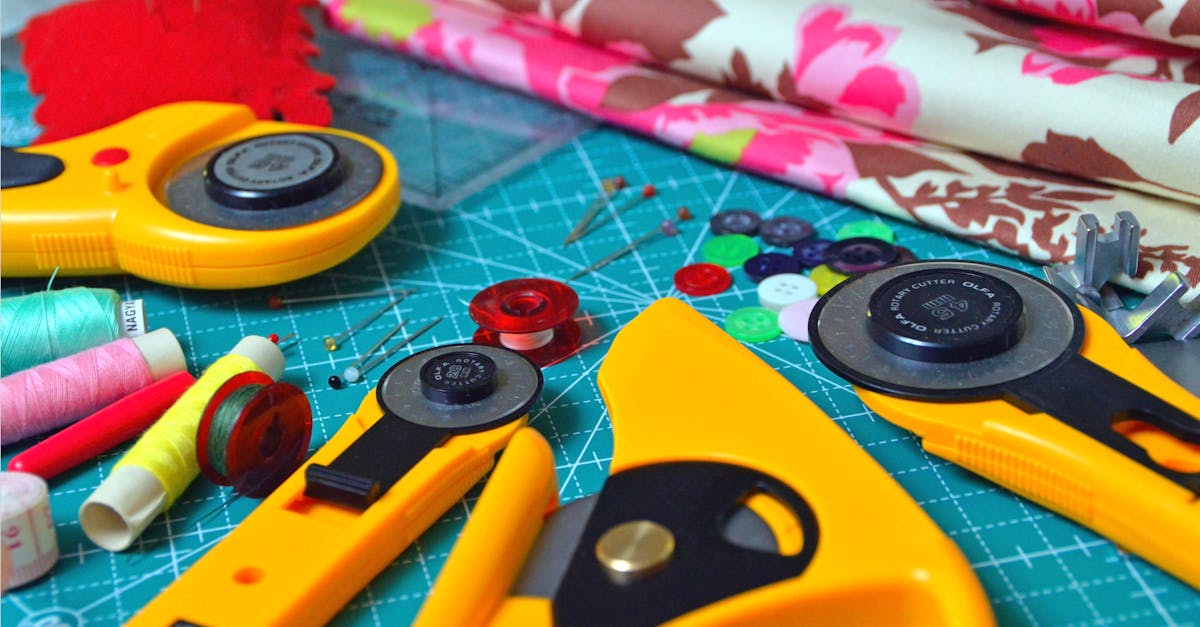Crochet enthusiasts often find themselves decoding a puzzling array of abbreviations and techniques while perusing patterns. From the intricate beauty of Irish crochet to the delicate lacework of filet crochet and the unique artistry of hairpin lace, each technique brings its own set of challenges and rewards to the world of crochet. Here are 10 fascinating facts about pattern abbreviations and techniques that showcase the beauty and complexity of Irish crochet, filet crochet, and hairpin lace.
1. Irish Crochet: A Time-Honored Tradition
Irish crochet is a beloved tradition that dates back to the 19th century. Known for its intricate motifs and raised designs, this technique involves creating individual motifs that are later connected to form a lace fabric. The use of padding cords and intricate combinations of stitches give Irish crochet its distinctive textured appearance.
2. Filet Crochet: Playing with Negative Space
Filet crochet is a technique that involves creating openwork designs by alternating solid blocks and open meshes. Using a grid pattern as a guide, crocheters work with double crochet and chain stitches to form intricate designs, often depicting images or patterns. The interplay of solid and open spaces creates a unique visual effect that is both delicate and striking.
3. Hairpin Lace: A Fusion of Crochet and Loom Weaving
Hairpin lace combines elements of crochet and loom weaving to create a lacy, openwork fabric. Using a hairpin lace loom or fork, crocheters create loops that are then joined together with single crochet stitches. The result is a fabric with a distinctive braided appearance that can be used for a variety of projects, from garments to accessories.
4. Decoding Pattern Abbreviations: Cracking the Code
Understanding pattern abbreviations is essential for following crochet patterns effectively. Abbreviations are commonly used to condense instructions and make patterns more readable. For example, “ch” stands for chain stitch, “dc” for double crochet, and “sc” for single crochet. Learning these abbreviations is the first step towards mastering the art of crochet.
5. Symbols vs. Abbreviations: A Visual Language
In addition to abbreviations, crochet patterns may also use symbols to represent different stitches and techniques. Symbols provide a visual guide that can be especially helpful for complex patterns or international patterns where language barriers may exist. Familiarizing yourself with both symbols and abbreviations can help you tackle a wider range of patterns with ease.
6. Pattern Reading Skills: A Must-Have for Crocheters
Developing strong pattern-reading skills is key to successfully completing crochet projects. By understanding abbreviations, symbols, and stitch terminology, crocheters can follow patterns accurately and avoid mistakes. Practice reading patterns regularly to improve your skills and tackle more challenging projects with confidence.
7. Experimenting with New Techniques: Pushing Your Creative Boundaries
Exploring techniques like Irish crochet, filet crochet, and hairpin lace can open up a world of creative possibilities for crocheters. By stepping out of your comfort zone and trying new techniques, you can expand your skill set and create unique, artistic pieces that showcase your individual style. Don’t be afraid to experiment and push your creative boundaries in crochet.
8. Online Resources: A Treasure Trove of Inspiration and Education
The internet is a valuable resource for crocheters seeking inspiration, tutorials, and patterns. Websites, blogs, and social media platforms offer a wealth of information on crochet techniques, including Irish crochet, filet crochet, and hairpin lace. Take advantage of online resources to learn new skills, connect with fellow crocheters, and stay updated on the latest trends in the crochet world.
9. Workshops and Classes: Hands-On Learning Opportunities
Attending workshops and classes is a great way to deepen your understanding of crochet techniques and connect with other enthusiasts. Many yarn shops and community centers offer classes on Irish crochet, filet crochet, hairpin lace, and other advanced techniques. By participating in hands-on learning experiences, you can receive personalized instruction and guidance to enhance your crochet skills.
10. Sharing Your Passion: Inspiring Others in the Crochet Community
As you master new techniques and explore the world of crochet, don’t forget to share your passion with others in the crochet community. Whether through social media, local events, or online forums, sharing your knowledge and creations can inspire fellow crocheters and foster a sense of camaraderie within the community. Embrace your role as a mentor and advocate for the art of crochet, spreading creativity and joy to others along the way.
In conclusion, pattern abbreviations and techniques play a vital role in the world of crochet, offering a diverse palette of styles and skills for enthusiasts to explore. By delving into the intricacies of Irish crochet, filet crochet, and hairpin lace, crocheters can unlock a world of creativity and artistry that transcends traditional boundaries. Whether you’re deciphering abbreviations, experimenting with


